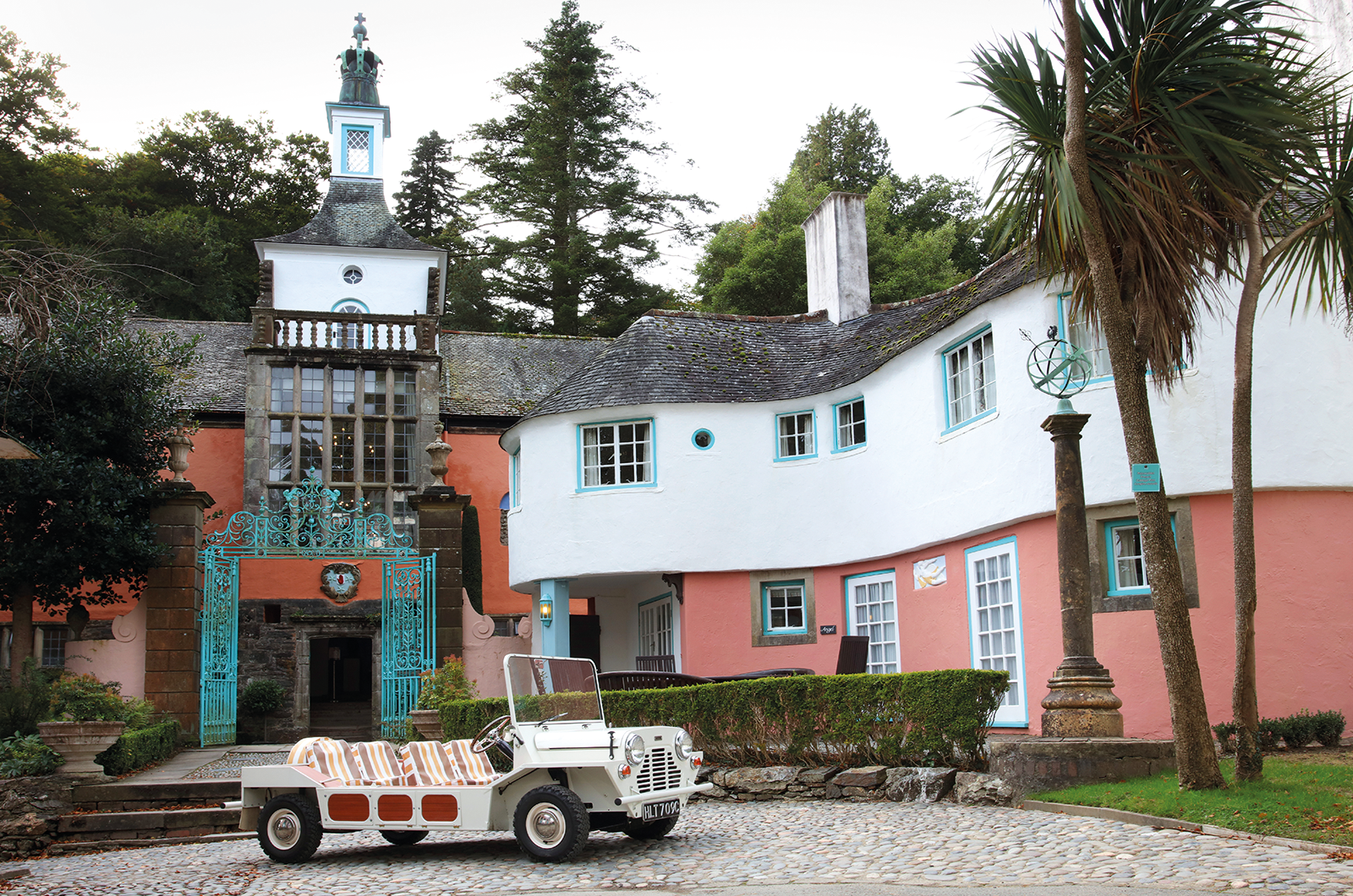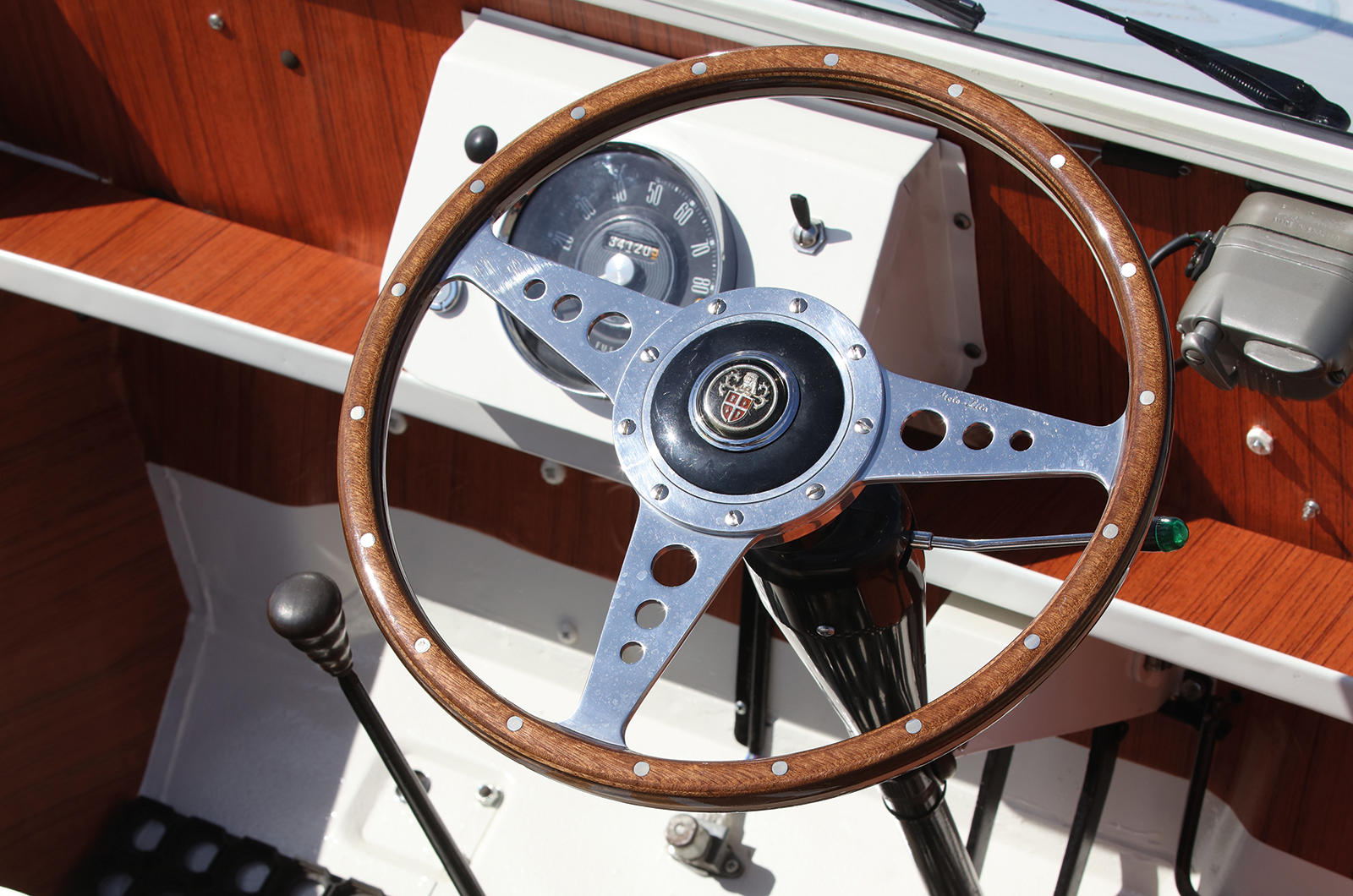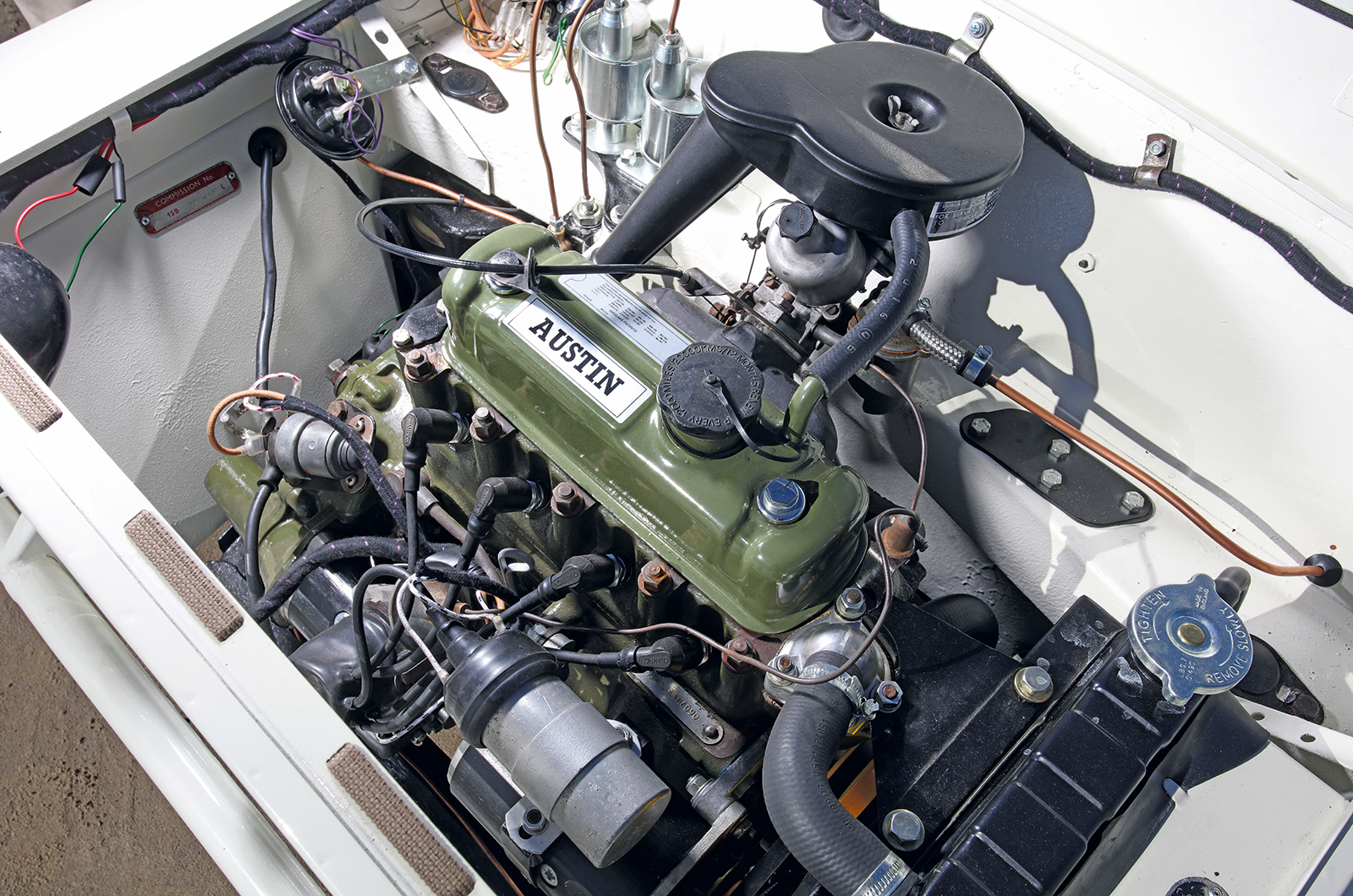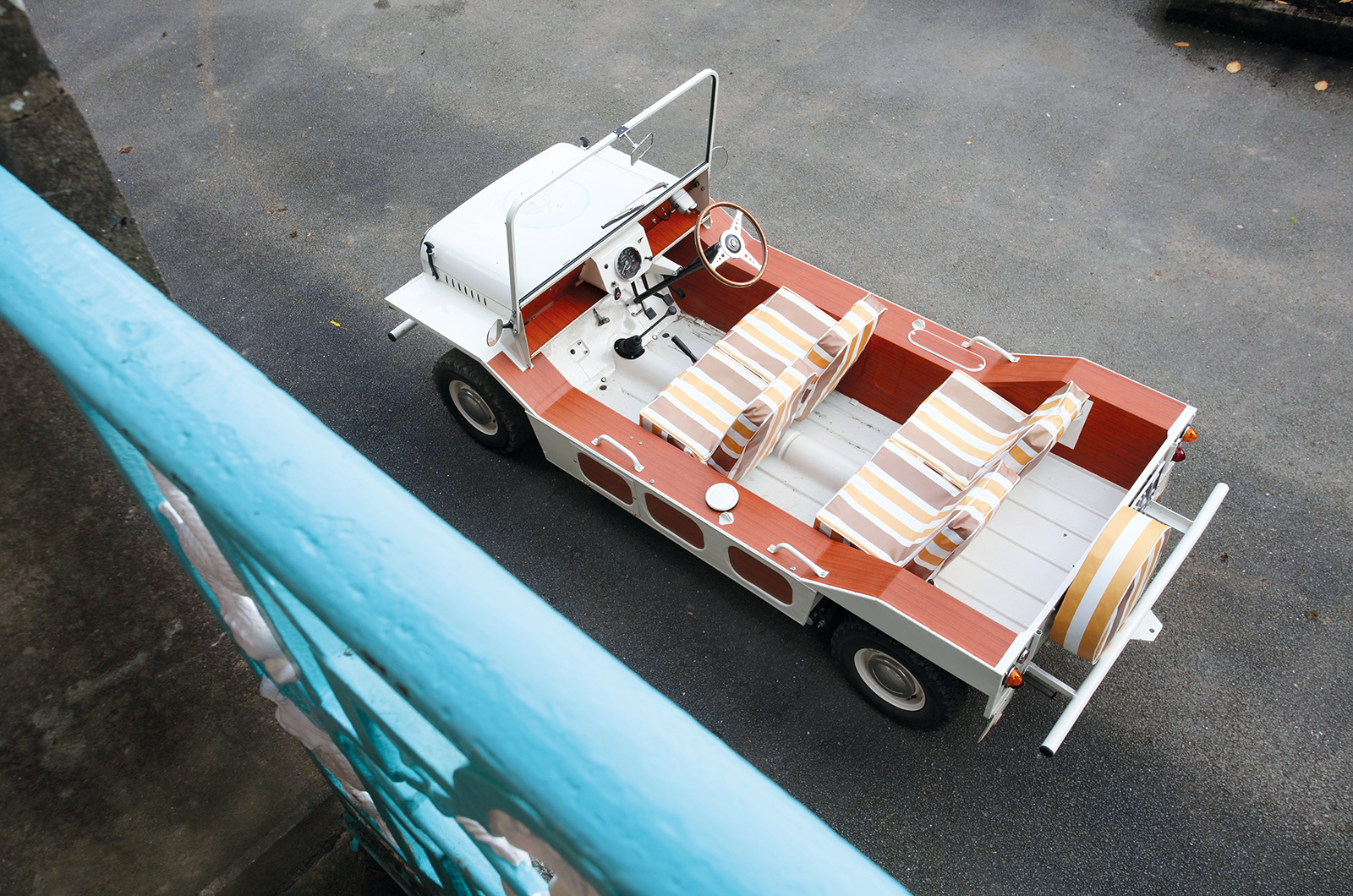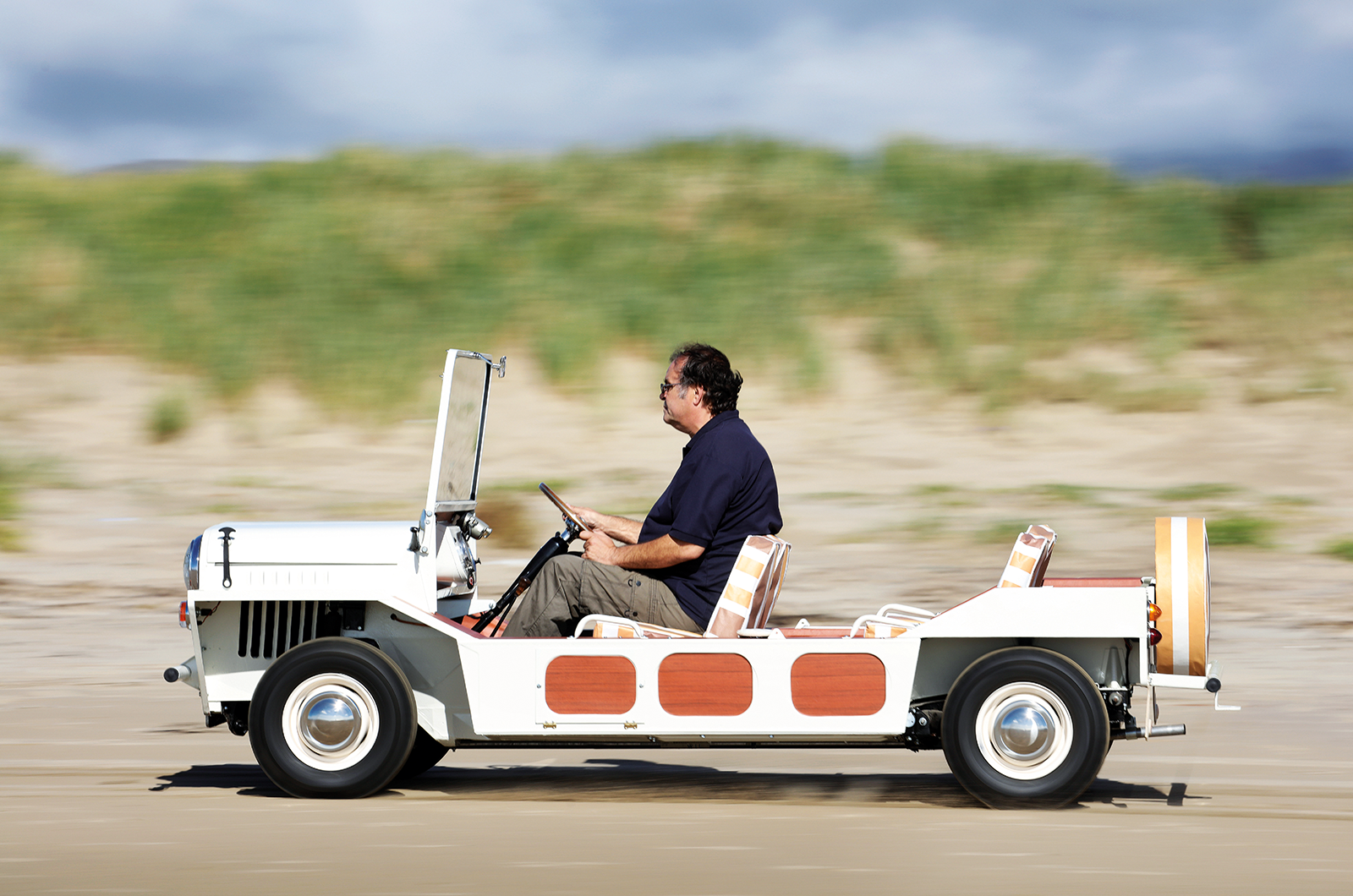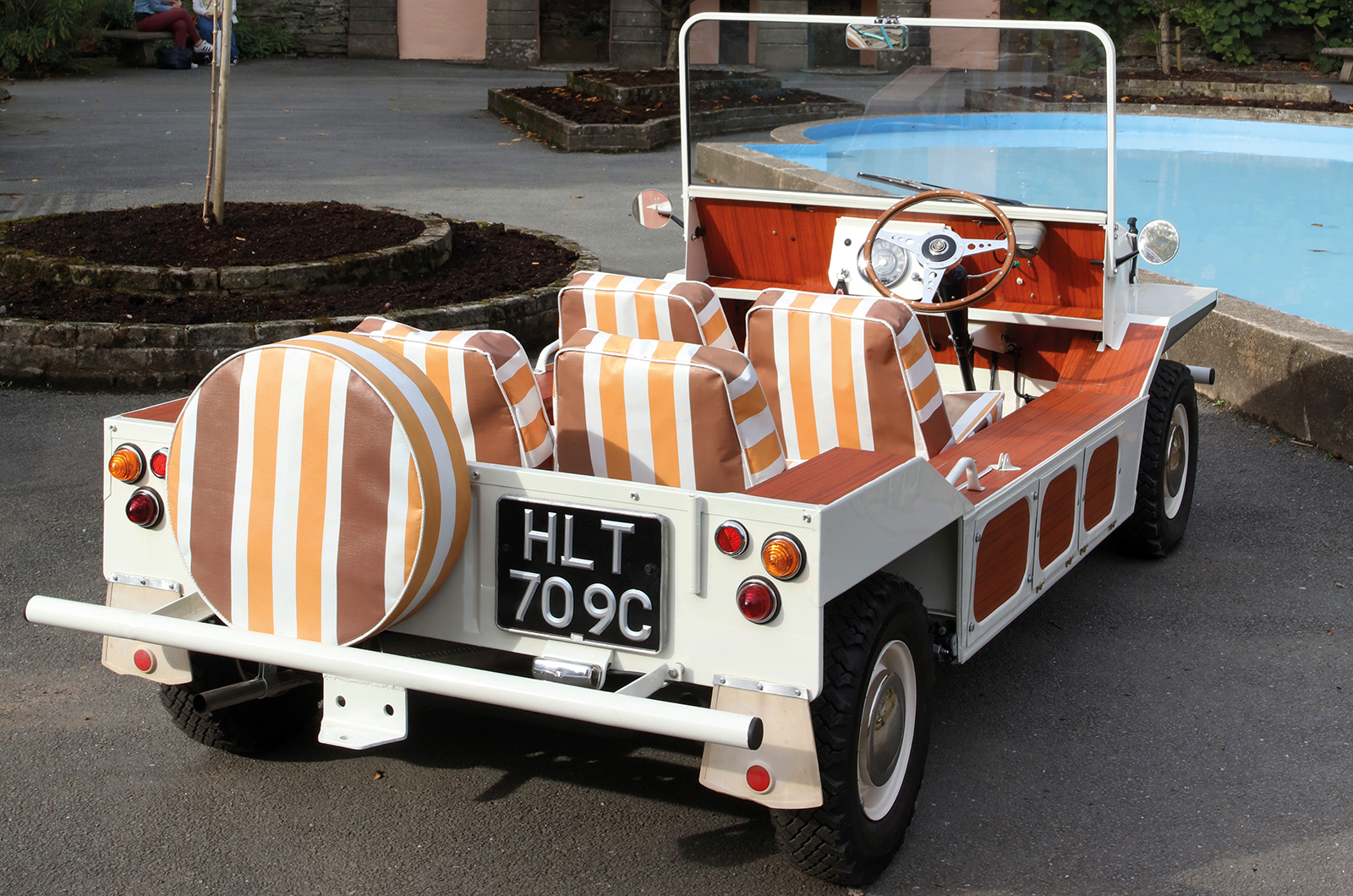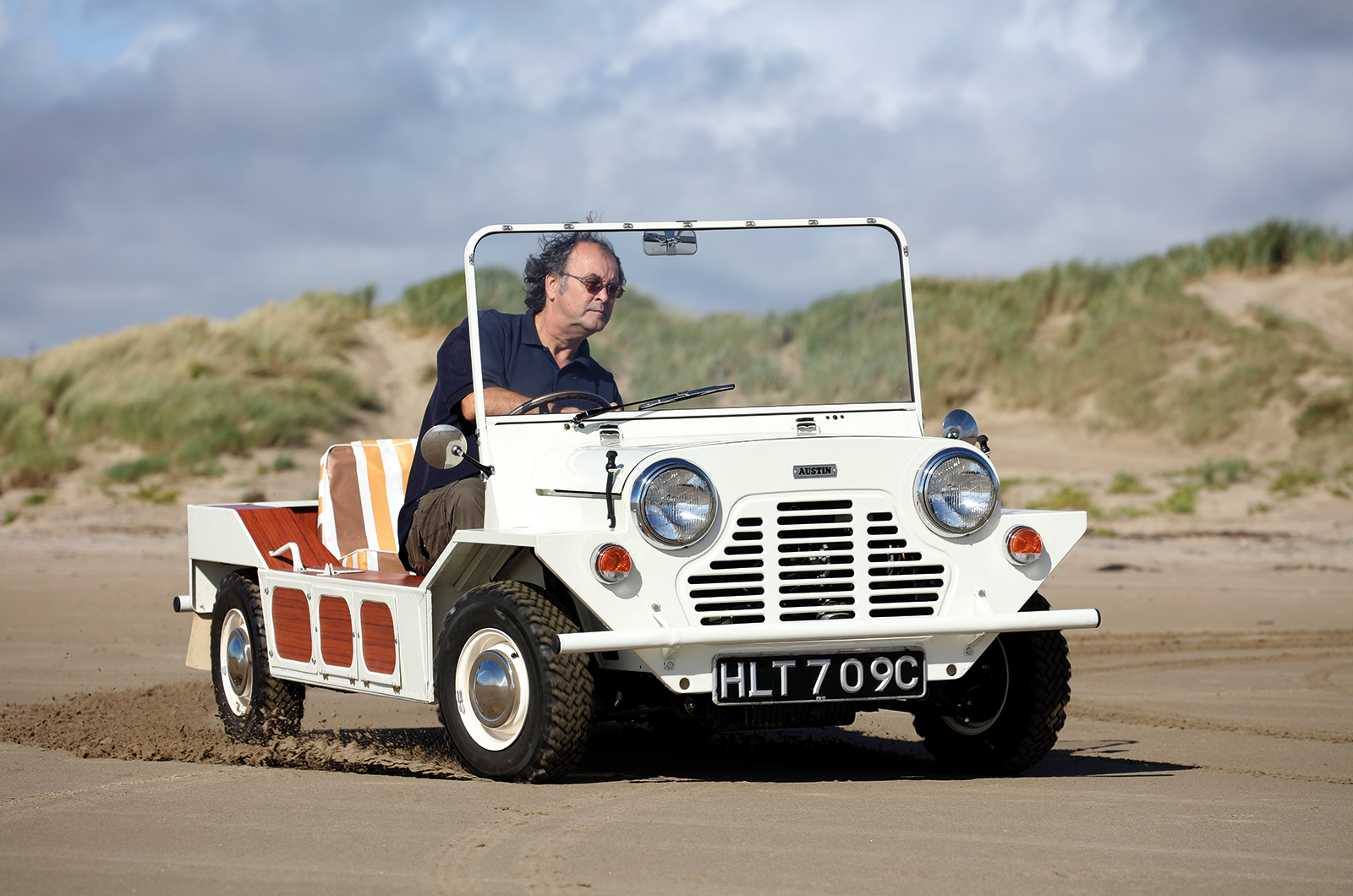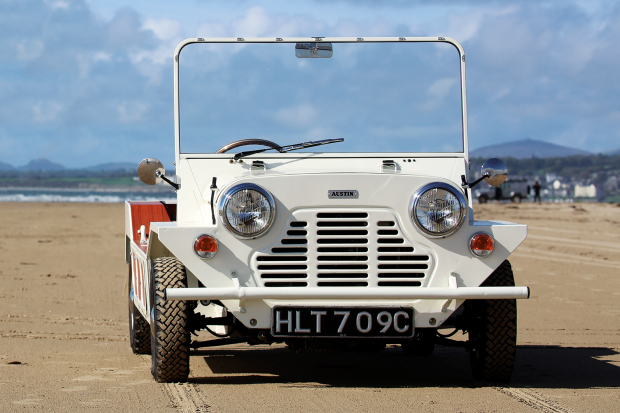
On the seemingly tranquil beach at Black Rock Sands, near Porthmadog, the sudden appearance of the dreaded Rover and an elaborately decorated Mini Moke are clear demonstrations that there really can be no escape.
The quest for freedom, and to finally discover the identity of ‘Number One’, will have to wait for another time, while this week’s second-in-command ‘Number Two’ engages in a bout of maniacal laughter…
Any British television viewer who tuned into the first edition of The Prisoner on 29 September 1967 expecting the standard ITC tropes – such as ‘border crossings’ in the middle of Black Park, fez-wearing fiends, a scowling Burt Kwouk and the Elstree studios car park doubling up as Rome or Paris – was in for a shock.
The narrative concerned a British government agent taken against his will to ‘The Village’, a community that resembles a colour-supplement advertisement for an upmarket resort somewhere in Tuscany.
The protagonist’s name is replaced by a number (six), and in this happy-looking realm only ‘local’ telephone calls are permitted. The taxi proves equally sinister because, as its driver explains, only a “local” service is on offer.
That cab was the very car you see today, on that same beach, and it set the tone for 17 episodes of The Prisoner as it sped past the famous architecture of Clough William-Ellis.

